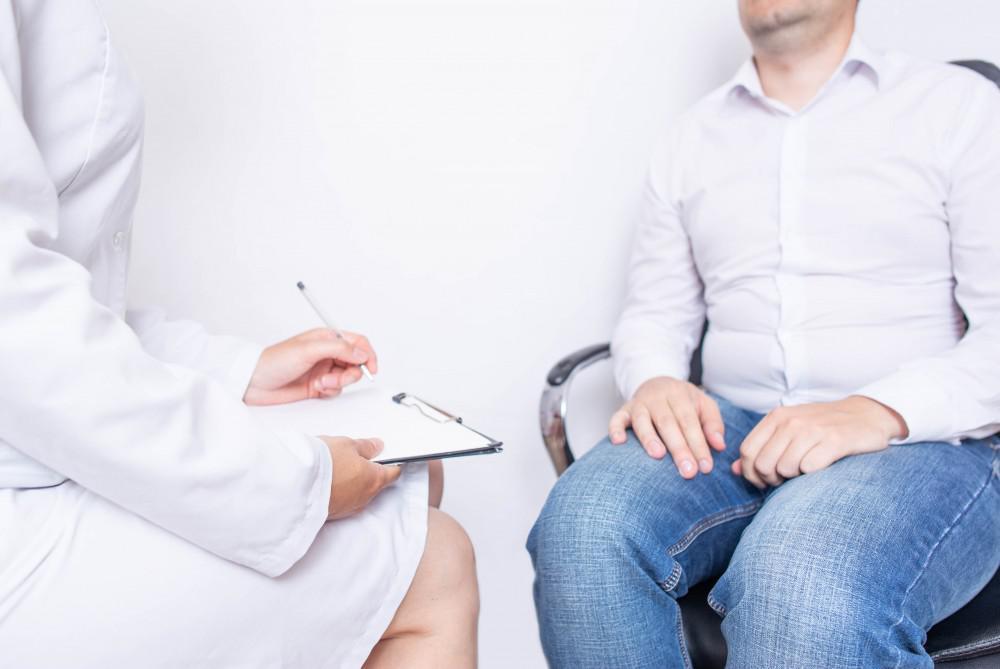Expert Treatment for Ulcer Of Intestine by Dr. Bharat Pothuri
Dr. Pothuri uses a step-by-step approach:
Medical History and Physical Exam
He discusses your epigastric pain patterns, NSAID or alcohol use, family history of ulcers, smoking and stress levels, and checks for abdominal tenderness or signs of bleeding.
Blood Tests
Complete blood count to detect anemia, H. pylori serology or breath test, and inflammatory markers (CRP, ESR) to assess healing status.
Stool Tests
Fecal occult blood testing to identify hidden gastrointestinal bleeding.
Endoscopic Evaluation
- Esophagogastroduodenoscopy (EGD) to directly visualize and biopsy stomach and duodenal ulcers.
- Capsule endoscopy for a detailed look at the small intestine when ulcers are suspected beyond reach of EGD.
Imaging Studies
- CT enterography or MRI enterography to map ulcer depth, detect perforations, strictures or associated inflammation.
Advanced Testing (if needed)
Endoscopic biopsy to rule out malignancy or uncommon infections and guide antibiotic therapy.
Frequently Asked Questions
What are the symptoms of a small intestine ulcer?
Burning or cramping pain in the middle belly, bloating, nausea, dark or bloody stools, and loss of appetite are common signs.
How is an infected intestinal ulcer treated?
Treatment includes antibiotics for H. pylori, acid-reducing medications like PPIs or H2 blockers, and close monitoring to ensure proper healing.
What is the ICD-10 code for a small intestine ulcer?
The ICD-10 code for a small intestine ulcer is K63.5.
Can diet help with ulcer healing?
Yes. Eating smaller, low-acid, low-spice meals and avoiding alcohol, caffeine, and smoking supports recovery.
When should I seek emergency care for an ulcer?
Go to the ER if you experience severe abdominal pain, vomiting blood, or pass black, tar-like stools.
How long does it take for an intestinal ulcer to heal?
With proper treatment and lifestyle changes, most intestinal ulcers heal in 4-8 weeks, though recovery times can vary.












